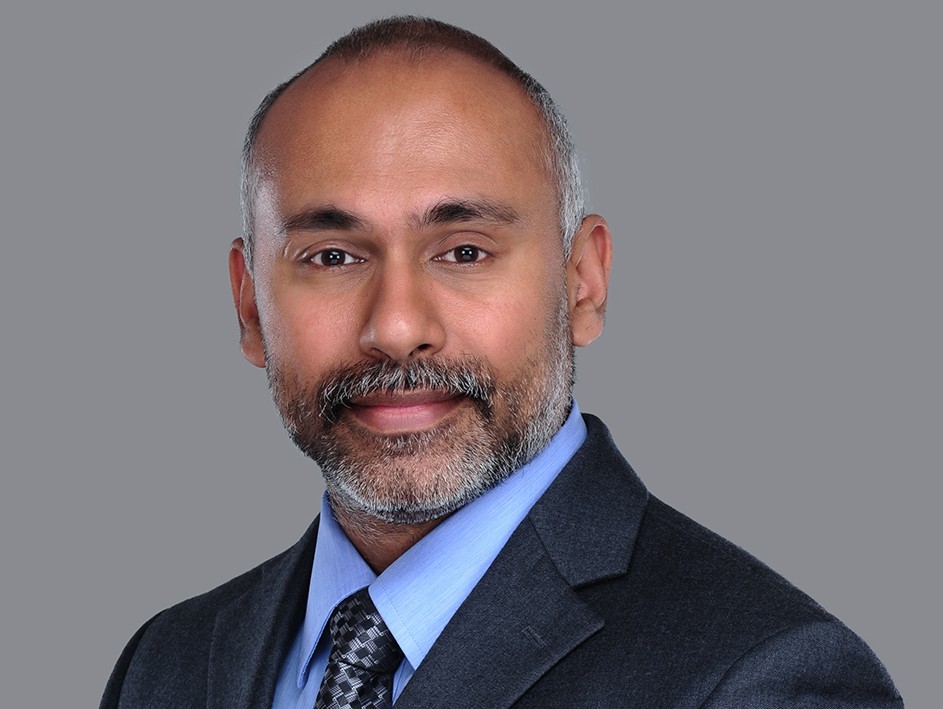I decided to tackle a different topic for my first blog post of 2010 due to its relevance and observations during recent travels. Various observations during my Christmas/New Year break travel to India (transiting through the Gulf country of Qatar) got me thinking about the topic of development for emerging economies. The underlying connectors of human capital/leadership development, effective management, decision making and innovation are clearly evident here as well. Many of the management principles that work successfully in private organisations can be effectively adopted by government bodies.
In my opinion, the three key basic ingredients for rapid development of any developing country are:
1. Financial capital
Availability of financial capital can have a huge impact on infrastructure development and public service systems. China’s focused investment on infrastructure development has a high impact on its economic growth. Many of the gulf nations have been able to build strong infrastructures based on revenues from oil and natural gas assets. The scale/size of countries is one key factor to consider. Based on availability of resources, countries may first need to decide their most important locations to invest in, and develop for the short and long term.
2. World-class Infrastructure
Infrastructure development is not possible without financial capital. At the same time, the required expertise, know-how and commitment to execution is equally important. Infrastructure planning should not only include world class airports, roads, telecom infrastructure, public transportation facilities, ports etc. but also highly efficient and effective systems, technologies and processes. A basic example that has a direct impact on day-to-day living in India – with an extreme increase in the number of automobiles, traffic and parking management have become very challenging and frustrating elements.
Absence of total planning and comprehensive solutions package results in different government departments tackling their own issues in silos. Normally, all the requirements of a city are not taken into consideration together. This is also partly due to the ineffective structure of government bodies and organisations that have to be working together.
Emerging and developing countries have great opportunities to build innovative infrastructures for future environments rather than just copy systems that exist in developed nations. “Reverse Innovation” (a term referring to an innovation seen first, or likely to be used first, in the developing world before spreading to the industrialized world) is currently discussed widely. The best of existing systems in the developed world can be incorporated while innovating on future requirements and evolving needs (eg. energy evolution, technological advancements and changing human behaviors). All this can be possible only by having an open, learning approach and continuous interaction with the rest of the world.
At a basic level, the quality of public services including availability of drinking water (big issue for the future), energy, high quality healthcare/hospitals and computerised systems that’re linked to all relevant networks, resulting in easy/quick transactions make a big difference to quality of day-to-day living. Corruption slows down development and destroys the trust of citizens. With the unpredictability element related to environmental/political scenarios and a closely connected world in all respects, the possibility of ‘black swans’ increase. Strong disaster management and emergency response services have to be instituted before it’s too late.
3. Human capital
I believe this is the core element that makes development sustainable. Having the above two elements alone won’t lead to sustainable development or ensure their successful implementation. How we effectively use and manage available financial capital is equally, if not more important than having them. Once the basic infrastructure is put in place, continuous development and competitiveness can only be sustained by having world class talent who’re enabled and encouraged to innovate. Innovations in turn, can result in the creation of a virtuous cycle, attracting financial investment.
Talent becomes a key factor in almost every area of governance for developing economies. Strong education infrastructure that interacts with other global education systems is critical. Having the right talent alone is not sufficient. It is of utmost importance to have great leadership and processes in governments and organisations to enable execution, encourage through leadership behaviours – to challenge existing, slow governing cultures and drive initiatives to positive change. Speed of execution has to be a key focus.
Focused leadership development in government organisations will have to be prioritised due to the impact of governments on increasing global competitiveness (both in the developing and developed worlds). Even a handful of smart decision makers in key roles in government can have high impact on a country’s future. Increased transparency due to the technological changes can also put pressure and accountability on governments to deliver quicker.
Countries focused on having a great future will need to figure out key elements to attracting world class talent from across the globe. Similar to organisations, countries will need to figure out their core capabilities and industries they intend to focus on and have related strategies in place. This is also an important constituent to the topic of continuous innovation.
No country can be a forerunner in the future by existing in its own silo, being arrogant about its natural resources (that will inevitably deplete at some point) or past achievements. Countries will have to adopt an open, global, continuously interactive and learning approach in all areas (social, cultural, economical, political, technological) to be among the leaders.



Recent Comments